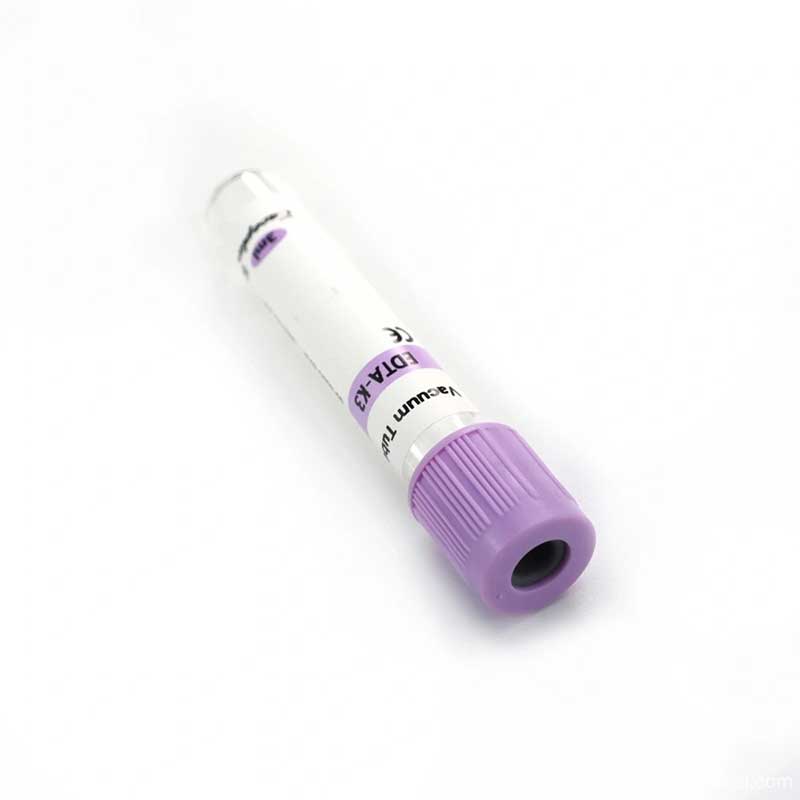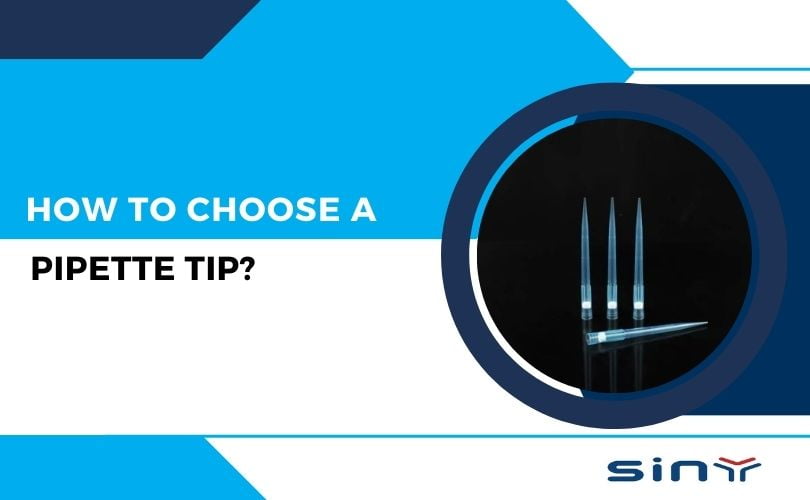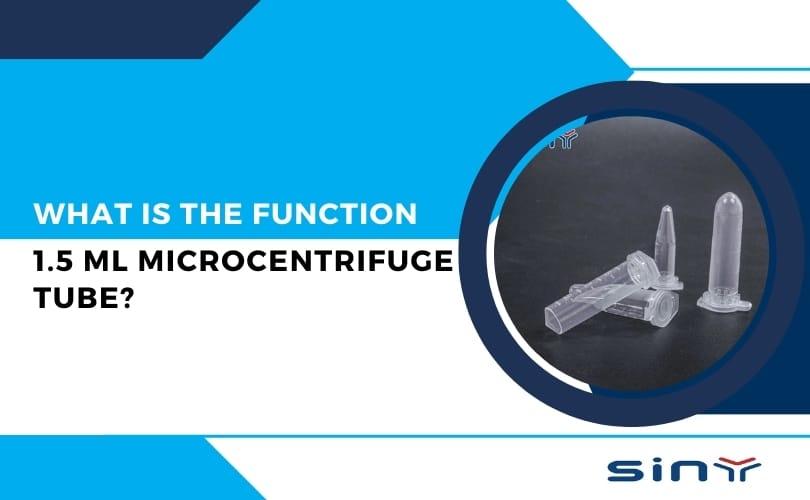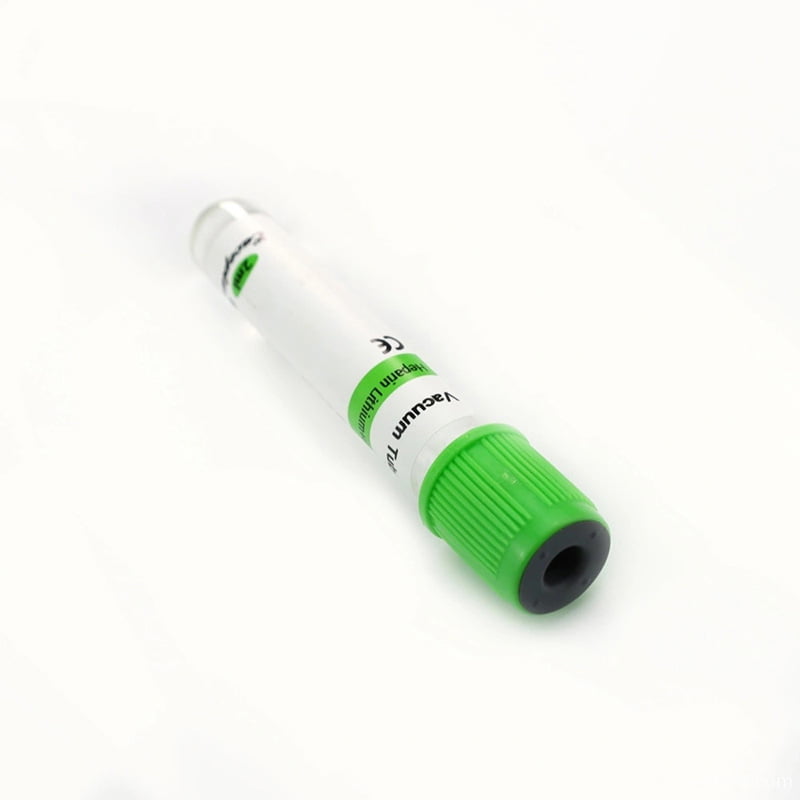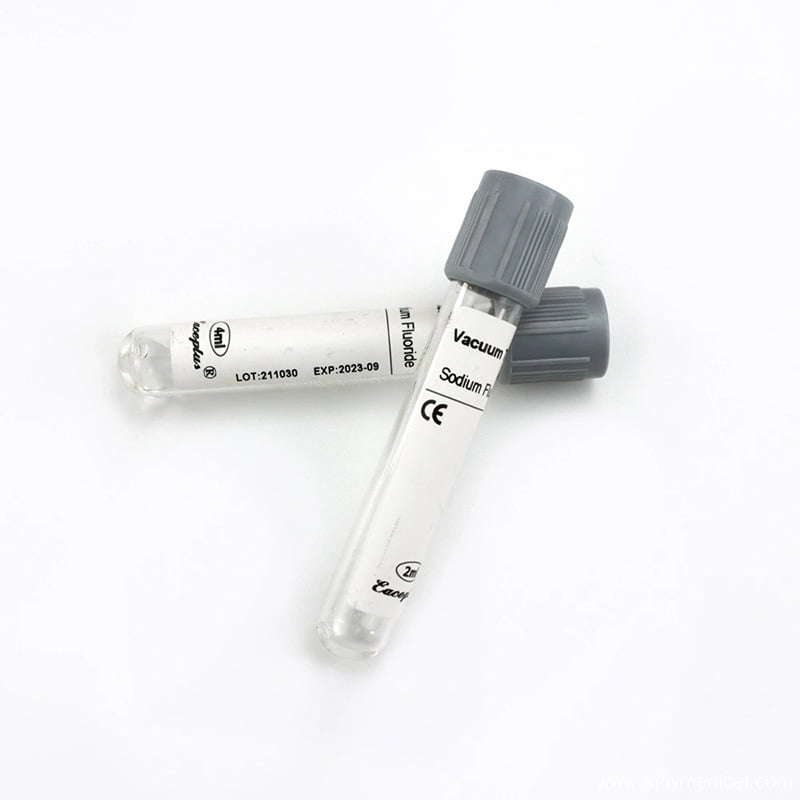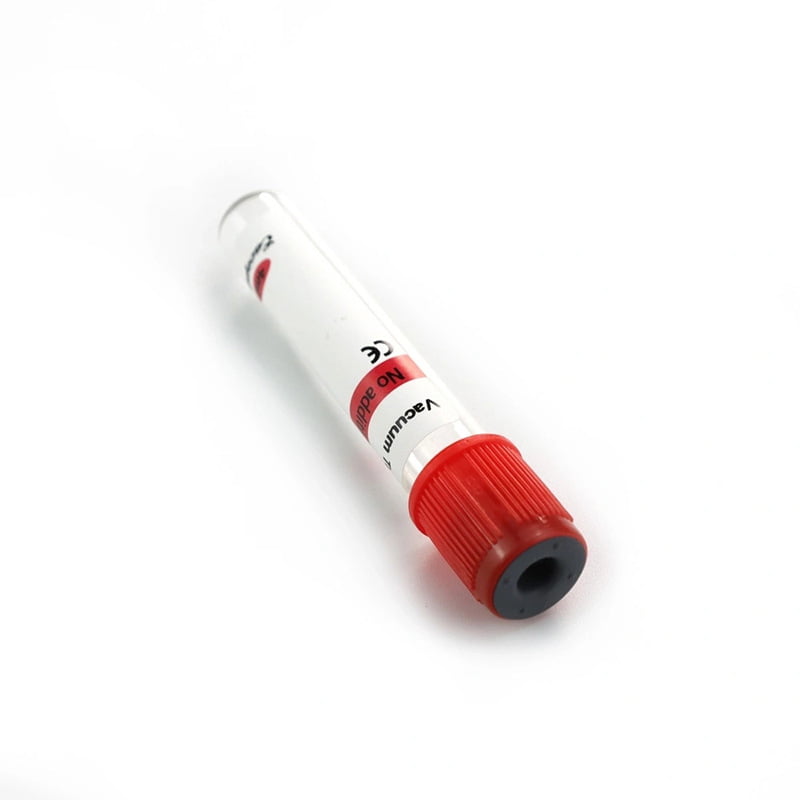The pipette and its pipette tip are one of the most commonly used experimental instruments in biological research, and the demand is very high. There are many manufacturers producing pipette tips at present. Faced with many brands and models of cutting-edge products, how do we choose a product that suits us?

Table of Contents
We can buy pipette tips from the following three aspects:
The tip’s material, packaging, and specifications are as follows: Pipette tip material is made of pure PP material and does not contain a plasticizer release agent. Otherwise, dissolved substances will affect the experimental results and high dimensional accuracy requirements. Otherwise, it will lead to poor sealing consistency. The inner wall needs to be flat and free of flow marks, with no gaps and burrs. Otherwise, it will lead to inaccurate drainage, clean, no biological contamination, and requires manufacturing in an ultra-clean environment. Tips for liquid handling in drug testing systems require conductivity, excellent physical properties, and chemical resistance.
The packaging of pipette tips is mainly bagged and boxed.
Sinymedical has various types of pipette tips, such as Universal pipette tips, filter tips, low adsorption tips, heat-free tips, and automated pipette tips.
Filter tips are suitable for various pipettes: EPPENDORF、RAININ、GILSON, and so on
Sinymedical filter pipette tips:
- The filter effectively forms a protective structure between the pipette and the sample to ensure the safety of the sample; it reduces the damage to the operator caused by the residual gas in the gun during the pipetting process and improves the repeatability of the experiment.
- The filter pore size is small and uniform, ensuring sample aspiration accuracy and repeatability. The tip is made of medical-grade polypropylene material, and the filter is made of ultra-high molecular weight polyethene material with good hydrophobicity.
No coating design, will contaminate the sample, and it can be sterilized at high temperatures and pressures. - It can be applied to pipetting samples containing molecules that efficiently adsorb to the needle tip surface, such as DNA, proteins, peptides, etc.
When should I use filter pipette tips?
It will be used for molecular biology applications that are sensitive to contamination. The filter tip helps to reduce the possibility of smoke formation and prevent aerosol contamination, thereby protecting the pipette shaft from cross-contamination.
In addition, it can prevent PCR contamination of samples carried from the pipette. The low adsorption tip adopts surface hydrophobic treatment, and the low adsorption tip has more residue and reduces tension. With the wide mouth tip, they are ideal for aspirating viscous materials, genomic DNA and cell culture fluid. Reduce the loss of precious samples caused by the need to pre-wet the tip during testing. It can be used for essential procedures that require high precision for micro pipetting.
It can be applied to pipetting samples containing molecules that efficiently adsorb to the needle tip surface, such as DNA, proteins, peptides, etc.
Types of Pipette Tips
Pipette tips come in various types, each designed for specific applications. The most common types include standard, filter, low-retention, and extended-length tips. Use standard tips for general purposes, and filter tips to prevent cross-contamination. Low retention tips are ideal for handling viscous liquids, and extended-length tips help reach deep vessels.

Materials of Pipette Tips
The material of the pipette tip can impact its performance. Manufacturers make most pipette tips from polypropylene, a durable and chemically resistant plastic. However, they treat some tips with additives to reduce liquid adhesion, making them suitable for handling sticky or viscous substances. Choosing a tip material compatible with the liquids you’ll be working with is essential.
Compatibility with Pipettes
Not all pipette tips are compatible with all pipettes. It’s essential to choose tips that match the brand and model of your pipette to ensure a proper fit and accurate dispensing. Many manufacturers offer compatibility charts or guidelines to help you select the right pipette tips.
Application-Specific Considerations
The type of experiment or application you’re conducting can influence your choice of pipette tips. For example, if you’re working with DNA or RNA samples, you might prefer filter tips to prevent contamination. If you’re dealing with small volumes, you might need tips designed for ultra-micro pipetting. Understanding the specific requirements of your application will help you choose the most suitable tips.
Ergonomics and Comfort
The ergonomic design of pipette tips can affect user comfort, especially during prolonged use. Tips with a soft, flexible fit can reduce hand strain and improve accuracy by providing a more comfortable pipetting experience. Consider tips designed to minimize the force required for attachment and ejection.
Environmental Considerations
In today’s environmentally conscious world, the sustainability of laboratory consumables is increasingly essential. Some pipette tips are available in eco-friendly packaging or made from recycled materials. Choosing these options can help reduce your lab’s environmental footprint.
Cost-Effectiveness
While choosing high-quality pipette tips is crucial, cost is also a factor. Balancing quality and cost-effectiveness is essential, especially for labs with limited budgets. Bulk purchasing and opting for tips from reputable manufacturers provide the best value for money.
FAQ
How to autoclave pipette tips?
The most common sterilization method is autoclave sterilization, because it is the simplest and fastest method. For most plastic pipettes, autoclave sterilization requires heating at 121°C for 20 minutes.
Why use filter pipette tips?
Filter pipette tips, also known as aerosol barrier tips, are used for volatile or viscous solutions to avoid contamination and damage to the pipette
Why did the pipette change tips every time?
If you keep using the same needle tip, you may contaminate other samples and your reagents. In many laboratory workflows, you need to change tips frequently.

